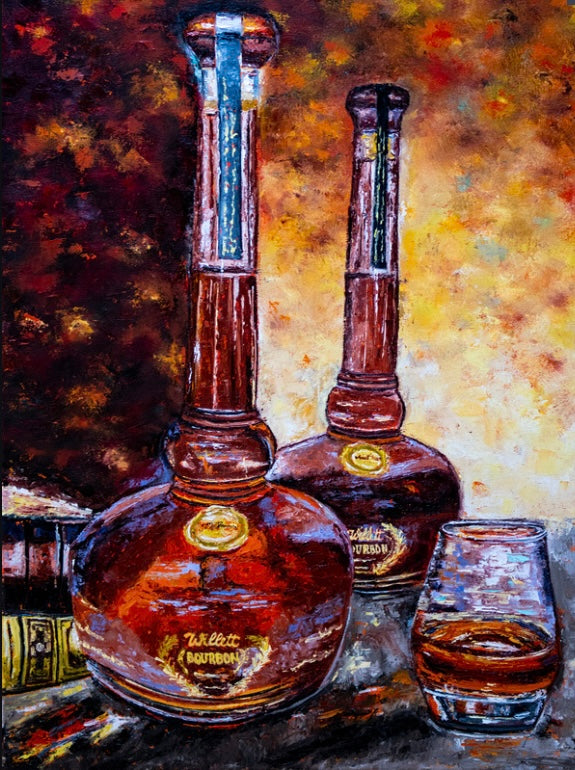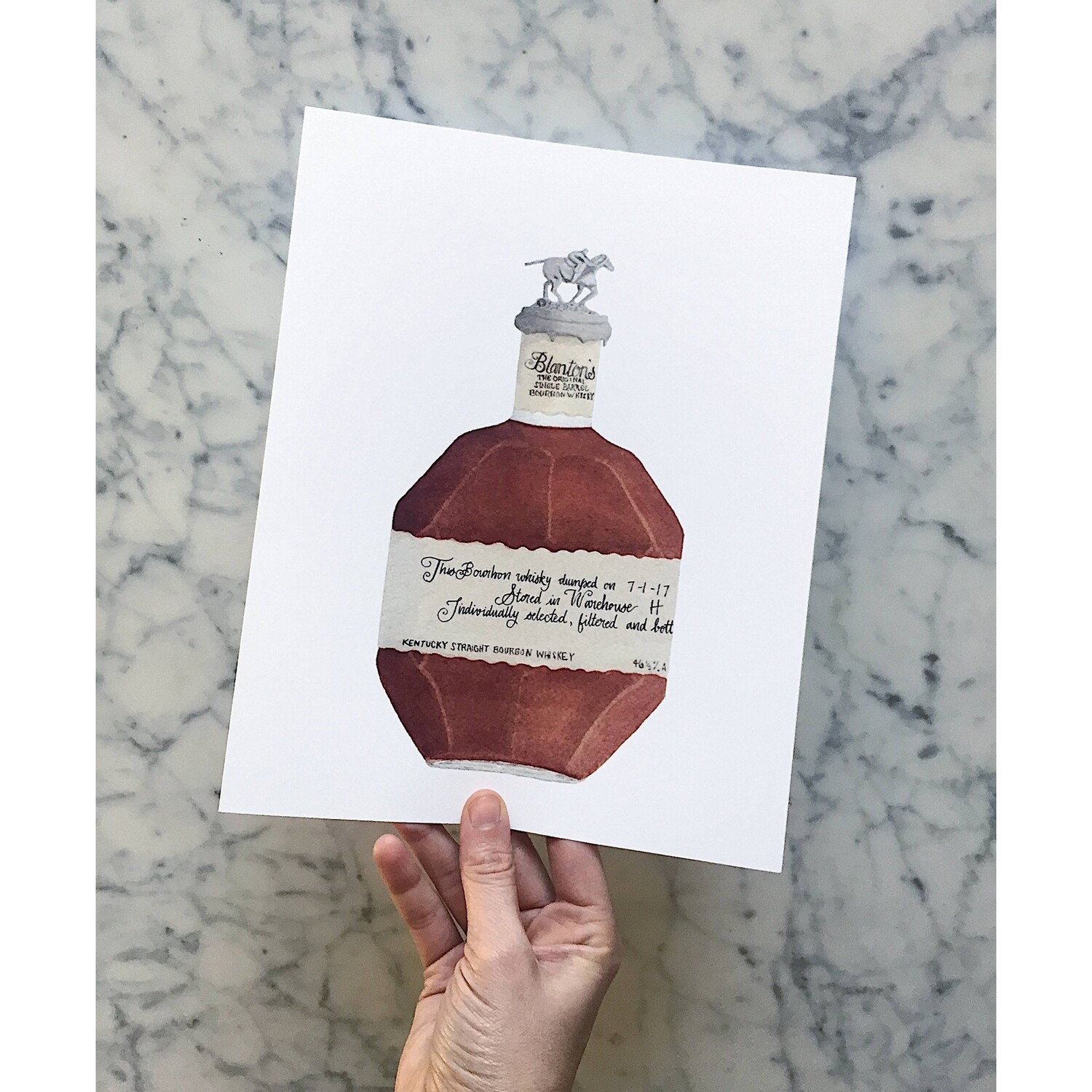Capturing the Significance of Whiskey Art Via Unique Aesthetic Depictions and Designs
The art of whiskey expands beyond the fluid itself, materializing through a selection of graphes that encapsulate its fabled heritage and craftsmanship. From the thorough design of tags that convey brand name narratives to expressive digital photography that catches the spirit's attraction, each creative expression offers to enhance the consumer's trip. As the industry embraces contemporary patterns, the discussion surrounding these representations becomes significantly rich and complicated, hinting at deeper links in between culture and creative thinking. What remains to be discovered is just how these evolving styles show not just the whiskey itself however additionally the changing landscape of creative analysis.
The History of Whiskey Art

As bourbon production spread, so as well did the need to elevate its experience with art. From the detailed engravings on early barrels to the elaborate labels of modern bottles, each component reflects a distinct imaginative vision, acting as a visual narrative of the bourbon's heritage.
In the 19th and 18th centuries, the rise of the industrial transformation better enhanced scotch art, causing cutting-edge packaging and advertising that caught customer focus. Musicians and developers began explore aesthetics, imbuing whiskey-related imagery with symbolic meanings that communicated concepts of area, practice, and workmanship.
Today, bourbon art proceeds to progress, mixing standard techniques with modern art types. Limited Edition. This continuous dialogue in between the spirit and its visual representation underscores the long-lasting bond between scotch and society, enhancing the general experience for enthusiasts worldwide
Iconic Bottle Designs
While several variables add to the appeal of scotch, renowned bottle layouts play a crucial function fit consumer assumption and boosting the overall experience. The aesthetic discussion of whiskey containers is not just an aesthetic consideration; it offers as a bridge in between the product and the customer, stimulating emotions and setting assumptions.
Unique shapes, products, and closures can elevate a bourbon brand name's identity, making it instantly well-known on congested racks. For example, the classic Glenfiddich container, with its stylish conical silhouette, conveys a feeling of tradition and workmanship, while the bold, modern-day design of the Balvenie container reflects technology and class. Additionally, making use of colored glass or special textures can suggest the top quality and character of the bourbon within.
Famous layouts frequently include aspects of social heritage, representing the brand name's background and connection to its roots. Brand Names like Jack Daniel's make use of a straightforward, robust style that reverberates with its American bourbon heritage. Ultimately, the effect of container layout expands beyond mere performance; it envelops the significance of the brand name, welcoming consumers to explore and indulge in the abundant tapestry of bourbon society.
Tag Art Work and Branding
Container layouts usually establish the phase wherefore customers can anticipate, however label artwork and branding play an equally significant role in communicating a whiskey's identification. The tag functions as the very first point of contact between the item and the consumer, encapsulating the essence of the bourbon within its aesthetic aspects.
Effective label art work incorporates typography, shade, and imagery to develop a story that resonates with the brand's heritage and target market. For circumstances, a label including complex pictures and vintage typefaces may stimulate a sense of tradition and workmanship, attracting connoisseurs. In contrast, vibrant colors and contemporary layout aspects might draw in a younger market looking for advancement and excitement.


Digital Photography and Visual Narration
Recording the essence of scotch via digital photography and visual storytelling is an art type that Our site boosts the brand name experience. This tool transcends mere product representation, delving right into the detailed stories that border each bottle. By employing compelling imagery, professional photographers can stimulate feelings that reverberate with customers, inevitably building a much deeper link to the bourbon brand name.
Aesthetic narration in bourbon digital photography often utilizes rich textures, lighting, and composition to highlight the distinct features of the spirit. The interplay of light and shadow can highlight the amber shades of whiskey, while the choice of background components-- such as rustic barrels or elegant glass wares-- can enhance the brand name's heritage or way of life associations.
Furthermore, catching the ritualistic aspects of bourbon intake, from the pouring to the tasting, invites visitors right into a sensory experience, enabling them to think of the flavors and aromas that wait for. Extra resources Each photo not only showcases the product yet likewise narrates of workmanship, custom, and the moments that bourbon can boost - Whiskey Art. Thus, digital photography comes to be a powerful tool in expressing the identity of whiskey brand names, positioning them within the more comprehensive social landscape
Emerging Fads in Scotch Art
The development of bourbon art is increasingly formed by modern trends that mirror broader societal changes and consumer preferences. This change not just highlights the significance of sustainability yet additionally improves the story bordering whiskey production.
In addition, digital art has surged in appeal, permitting ingenious depictions of bourbon. Artists are leveraging innovation to craft immersive experiences, such as enhanced fact installations that engage customers and give a much deeper understanding of whiskey's cultural importance. This pattern additionally encompasses social media platforms, where visually striking material amasses focus and cultivates community among enthusiasts.
Additionally, partnerships in between scotch brand names and musicians are coming to be extra commonplace. These partnerships yield limited-edition packaging designs and exclusive artworks that celebrate both the workmanship of bourbon and the creative thinking of musicians. As bourbon art proceeds to advance, these arising fads will undoubtedly form its future, cultivating a vibrant junction of society, sustainability, and innovation within the scotch community.
Conclusion
Finally, the art of whiskey encompasses a varied variety of visual depictions that mirror its rich heritage and craftsmanship. From renowned bottle layouts and detailed tag artwork to compelling digital photography, each aspect adds to a broader story that boosts the consumer's experience. As their explanation emerging fads, such as electronic art and sustainability, remain to form this creative landscape, the multifaceted identity of bourbon stays an enduring resource of cultural link and expedition.

In verdict, the art of bourbon incorporates a varied variety of visual representations that reflect its abundant heritage and workmanship.